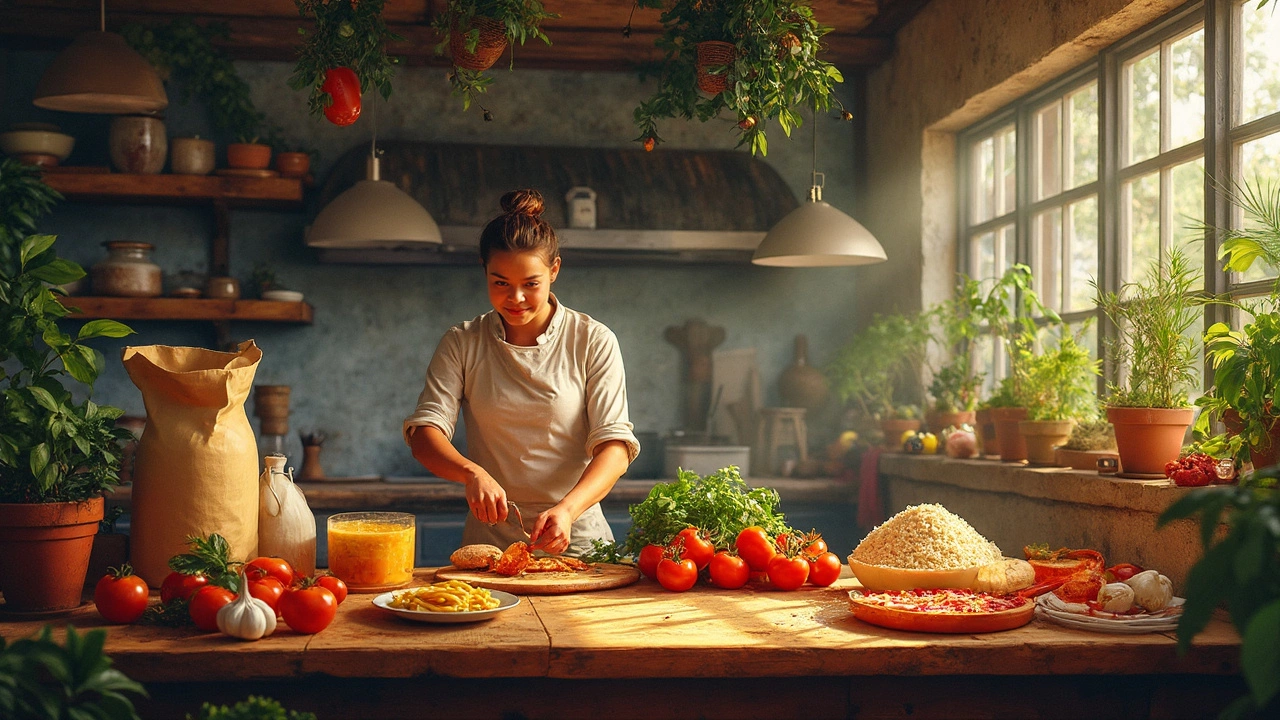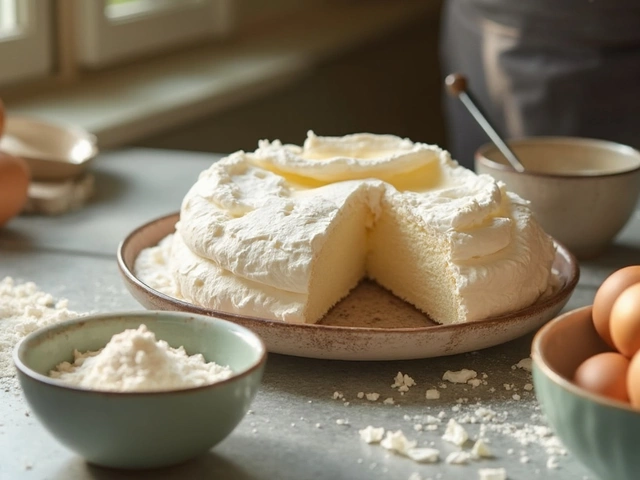Italian Foods: Recipes, History & Sweet Secrets
If you love bold flavors, bright herbs, and desserts that melt in your mouth, Italian foods are worth a closer look. From the creamy layers of tiramisu to the crunchy shells of cannoli, Italy offers dishes that are both comforting and exciting. This guide gives you the basics you need to start cooking, plus a few stories behind two beloved sweets.
Sweet Classics: Tiramisu & Cannoli
Tiramisu means “pick me up” in Italian, a nod to its coffee‑laden kick. The dessert blends espresso‑soaked ladyfingers, mascarpone cream, cocoa, and a touch of liqueur. Our post What Does 'Tiramisù' Really Mean? explains that the name dates back to the 1960s in the Veneto region, where locals mixed leftover cake with coffee to create a quick treat. To make it at home, whisk together egg yolks, sugar, and mascarpone, then fold in whipped cream for lightness. Layer with quick‑dipped biscuits and chill for at least four hours; the flavors meld and the texture firms up.
Cannoli, the crispy tube filled with sweet ricotta, hail from Sicily. In Who Invented Cannoli? we explore how Arab traders introduced fried dough to the island, which locals turned into today’s iconic pastry. The key to a perfect shell is a hot oil bath and a chill period before filling – this keeps the pastry from becoming soggy. For the filling, blend ricotta, powdered sugar, vanilla, and mini chocolate chips, then pipe it into the shells just before serving.
Everyday Italian Dishes You Can Master
Beyond desserts, Italy’s everyday dishes are easy to replicate. Think spaghetti aglio‑e‑olio: garlic, olive oil, red pepper flakes, and a handful of parsley tossed with al dente pasta. The magic lies in timing – sauté the garlic just until golden, then toss the hot pasta so the oil coats every strand.
Another staple is a basic tomato sauce. Start with crushed San Marzano tomatoes, a splash of red wine, fresh basil, and a pinch of salt. Let it simmer for 20 minutes; the sauce thickens and the flavors concentrate. Add the sauce to any pasta, pizza base, or even a baked eggplant dish.
If you prefer a one‑pan meal, try chicken piccata. Dredge chicken breasts in flour, brown them in butter, then deglaze with lemon juice and capers. The result is a tangy, buttery sauce that pairs perfectly with rice or crusty bread.
When you’re ready to bring a taste of Italy to your table, start with the basics: use quality olive oil, fresh herbs, and seasonal produce. Italian cooking respects simple ingredients, so you don’t need fancy gadgets – just a good skillet and a willingness to taste as you go.
Remember, the joy of Italian foods isn’t just in the final bite but in the stories they carry. Whether you’re serving a coffee‑soaked tiramisu at a gathering or sharing a warm plate of pasta with friends, you’re continuing a tradition that spans centuries. Grab the recipes, follow the tips, and let the flavors of Italy brighten your kitchen today.

Italian Foods That Found a Home in Brazil: From Tiramisu to Pasta
Italian food is a big deal in Brazil, but where did those classic dishes come from? This article digs into the main Italian foods brought over by immigrants and how they've shaped Brazilian cuisine. You'll find out how recipes got local twists, why tiramisu isn't just a dessert, and some fun stories from real kitchens. Plus, there are tips on how to spot authentic Italian flavors the next time you eat out or cook at home. Get ready to understand why Italian influence goes way beyond pizza and spaghetti.
View More




